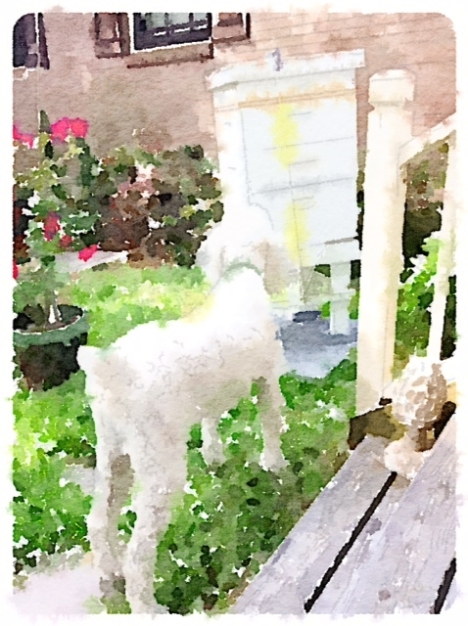Okay, I started with the long hive. And, when I say 'started' I mean just that. working from the back I got bout 5 frames in. 1 - nothing 2. small piece of comb 3. small piece of comb with bees all over it. 4 & 5 - comb, lots, capped honey, capped brood lots of bees. ALLSTUCKTOGETHER just like that. So out comes the long serrated bread knife. I gingerly cut through the two frames and very easily got through.
THUNK!
Yes it happened again. a big piece of comb fell to the bottom of the hive. Without thinking I stuck my hand in there and carefully picked it up. Rubber banded it back onto the frame and replaced it into the hive. Right about this time a BUZZZZZZER went off in Bee Land~ Time's Up - Get out! I took them at their warning. Closed up the hive and will see if the situation improves.
1/2 a hive down nd 1 and 1/2 hives to go.
The Lang hive is not doing well. I sometimes think "Lang" stands for 'languish'.
not looking too promising –
the weather warmed up a bit, so i risked opening the top cover. nothing going on. can’t see any sign of activity or use of the bee candy. so, at this point, i am thinking the terrible cold weather conditions have caused my bees demise.
i will start again. sometimes, i think keeping bees must be like always finding the good in any situation. when faced with a loss, it is still a learning experience. hopefully, i will do better in year two.
